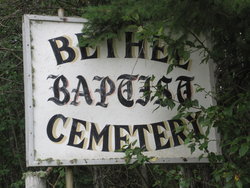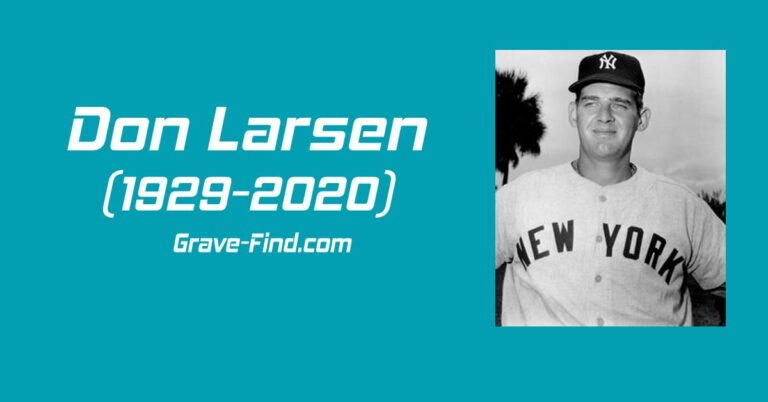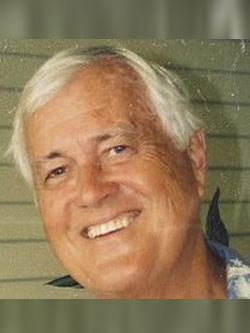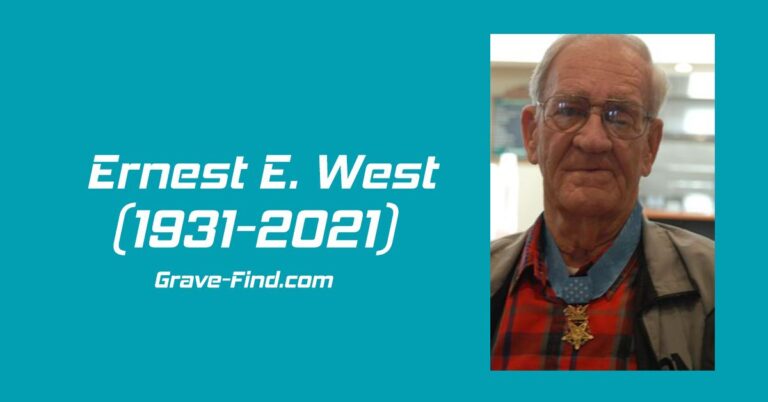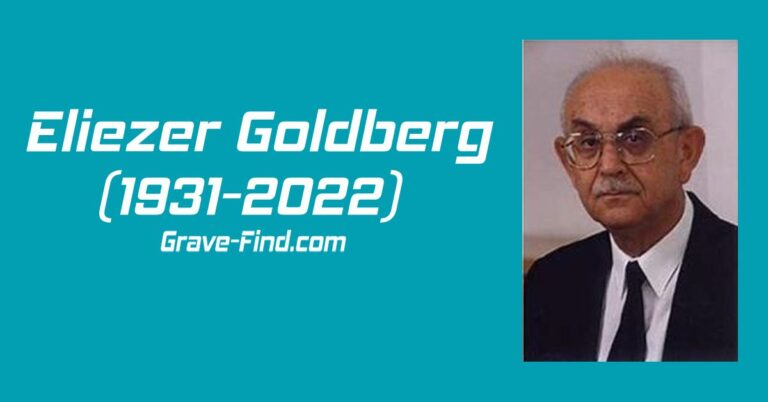Bethel Baptist Cemetery Alberta Canada
Bethel Baptist Cemetery Alberta Canada
LOCATION
Hwy 655 NE 21 59 05 W5
Barrhead, Whitecourt Census Division, Alberta, Canada
Location: 12 miles West of Barrhead, NE 21 59 05 W5 in the Campsie, Hwy 655
Driving instructions: Travel 12 miles West of Barrhead on Hwy 18 towards Thunder Lake Provincial Park. Continue on to Hwy 655 which is the access to the park. Cemetery is located on your left hand side not long after the Hwy 18 intersection, on a hill in a very bushy area, but is well marked and has a gate.
Headstones: There are 14 markers in this cemetery. Most of them are an engraved metal plate which did not photograph well; therefore, most have not been added.
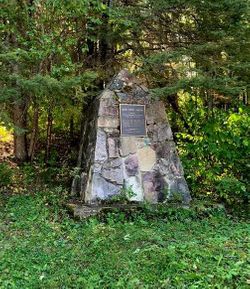
From The Barrhead Leader 3 Aug 1982 ‘Graves on the Hill’: “The Bethel Baptist cemetery, a cemetery commemorated as the burial place of the Campsie district and area’s first black settlers. It’s closed now, and the 13 black settlers that are buried there are at peace.” “The people from the United States had been drawn to Northern Alberta because of an extensive advertising campaign by the Canadian Government.
” In 1912 “the cemetery was established. It was laid out for the black people of the area, funded by a government grant. [Early settler Walker] Beaver explained the cemetery was established because of a wish of some community members to be buried together.” “Edward Smith, buried 1948, was the last to be laid to rest in the Bethel Baptist Cemetery. Sometime between 1948 and 1950 a cairn was erected at the site in honour of those early settlers.
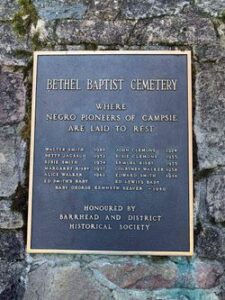
From Alberta’s Black Pioneer Heritage website: Campsie
A group of about 10 Black families came to the hamlet of Campsie, just south of Barrhead, in 1910. Campsie was home to a significantly smaller Black population: a 1921 census indicated that there were 50 Blacks living in the area. Unlike the other Black settlements, Campsie already had a well-established White community of British and American settlers. In fact, Campsie was founded by the Wallace family, who arrived there from Scotland in 1907.
Black settlers in Campsie tended to live in the area north of the post office.
Members of the Black community socialized extensively among themselves and tended to avoid any potential conflicts with White settlers living nearby. Discrimination against Blacks in Campsie’s local school was common.
Bethel Cemetery, built in 1913, served the local Black community as a burial ground. A local church was also built; in addition to its spiritual works, it also hosted dances and debates.
Andrew RisbyDuring the 1930s, the Ontario-based religious group, the Standard Church of America, through a series of revival meetings and Christian services designed to convert residents to the church, made a considerable impact on the community of Campsie. In time, several Campsie residents became Black preachers for the Standard Church and spread its message across Alberta. In 1935, after participating for the first time in a service held by the Standard Church of America, Andrew Risby, born in Campsie, dedicated his life to the church.
Ten years later, he moved to Calgary and established the Calgary branch of the Standard Church of America, which became the principal church for Blacks living in Calgary. The majority of Campsie’s Black community, particularly at the onset of the Second World War, also moved to Alberta’s larger urban centres.
